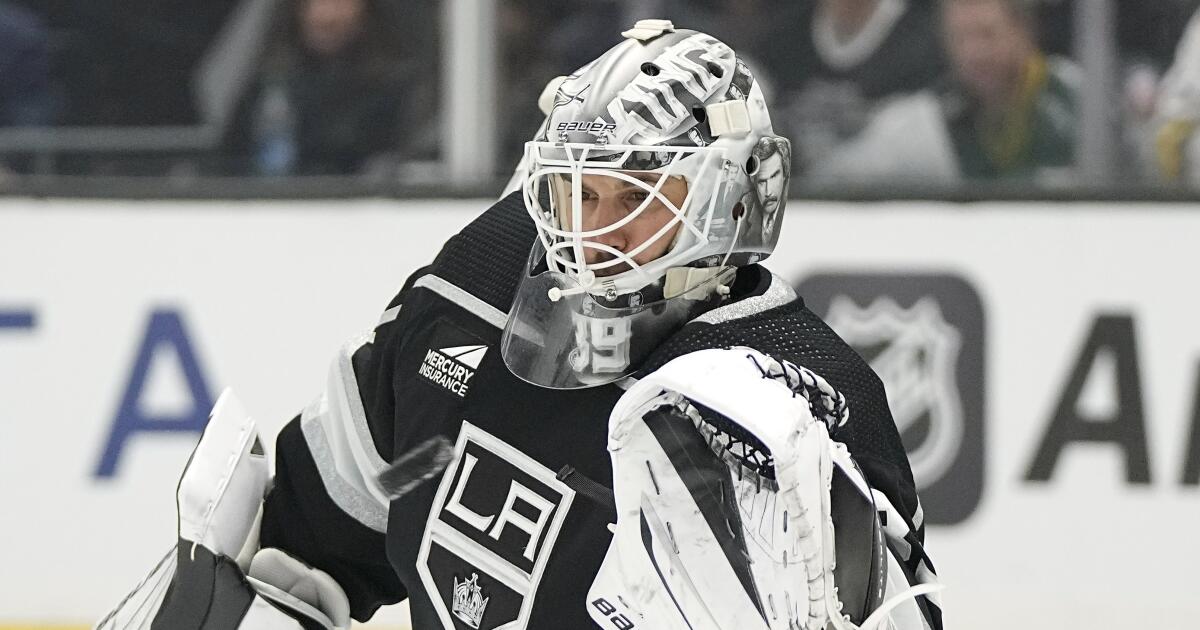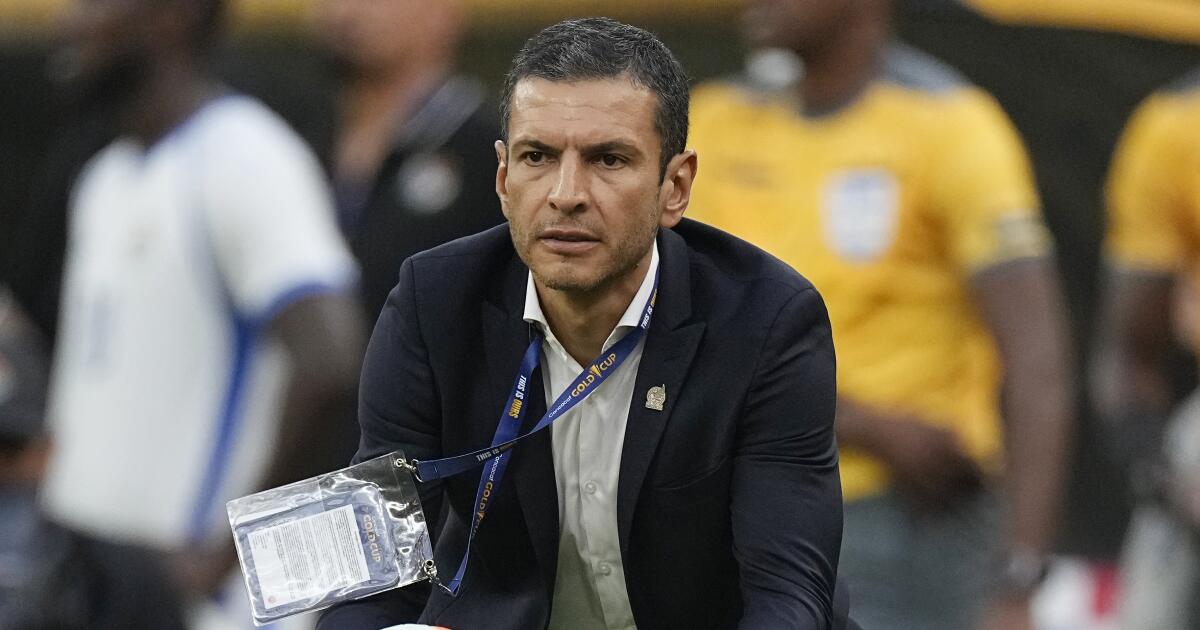Virginia has no shot clock, and some coaches think it’s a ‘travesty’
But he’ll hate every second of it.
Among 36 Northern Virginia boys’ and girls’ coaches who responded to a survey from The Washington Post, 86 percent believe the Virginia High School League should require shot clocks at all state public school basketball games.
And still, coaches admit they choose to play the hand they’re dealt. Data shows they usually slow down their offense when ahead.
That’s especially true in the final minutes of a close game, when the team with a lead has minimal incentive to score and every reason to pass the ball around until time ticks to zero. The Post watched game film of 100 possessions in which the team with the lead has the ball with under two minutes left and a lead under 10 points; just 18 of those possessions ended in a field goal attempt.
Intentional fouls (58) and turnovers (24) accounted for the other 82 possessions.
“I’ll be honest, I believe in the shot clock very strongly, but part of my job is to help put my kids in good situations to win,” Gray-Mendes said. “I don’t do it often but … I would not hesitate to hold the ball if I genuinely felt like it was the right thing to do. I just don’t want the rules to give me that option.” Gray-Mendes has even explained his thinking in depth on social media.
In the summer of 2021, the VHSL surveyed state coaches to determine whether it would make a change. Though 55 percent favored a shot clock, that wasn’t enough to institute a mandate.
The organization’s reasoning, VHSL assistant director Ty Gafford said, was that requiring its implementation could be an undue financial and logistical burden to smaller, less affluent schools. The estimated cost to implement a shot clock and pay an additional official to operate it is between $3,000 to $6,000.
Though many Northern Virginia coaches put the shot clock’s implementation atop their lists of wanted rule changes, Gafford said he hasn’t been approached with a pervasive movement to adopt it. That is partially a testament to the deeper pockets of Northern Virginia programs — of the 36 coaches surveyed by The Post, 30 said it would not be a financial burden on their school.
What would it take, then?
“I don’t have a hard number, but you mention 55 percent, and I think it would really have to be a good number of schools,” Gafford said. “We are a diverse state in terms of schools and size and population of schools — if you’re requiring a $6,000 expense for a school to put in something in a sport, you have to be sure you’re making the right decision.”
For the time being, local coaches continue to malign its effect on the game.
Some coaches believe the aggressive fouling within the final two minutes has become a safety issue. Others believe it stunts player development, especially at the junior varsity and freshmen levels, and is an adjustment for players who go on to play in college. Most coaches abhor the lack of late-game decision-making and comebacks.
“The fact that we don’t have one I think is a travesty,” Patriot boys’ Coach Sherman Rivers said. “I don’t know why a coach up here would not be in favor of it, other than the fact that they don’t think that they have enough talent to compete with teams that actually can play with it.”
For the time being, both strategies — embracing the clock’s absence, versus ignoring it — have had avenues toward success.
On one end of the spectrum exists Kirsten Stone, whose Madison girls’ team runs through its halfcourt offense for a minute in practice before it is allowed to score. Last season, the Warhawks won a game 20-15 after holding the ball for five minutes — then two months later found that their impeccable shot selection, a byproduct of those practices, helped deliver a fourth consecutive state title. On the other end is Rivers, who said he coaches as if there is a shot clock. Last season, his up-tempo Pioneers reached the Class 6 state final.
Woodgrove senior Sadie Shores, who transferred this season back from Paul VI, which uses a shot clock, said she couldn’t tell the difference on her fast-paced team. The Wolverines are undefeated this season.
The VHSL will send a rules survey to coaches again in a couple of months, which will likely include questions about the shot clock. Most Northern Virginia coaches understand that cost and logistics are a hindrance to coaches further south; as such, one possibility — though it would need to be proposed to the association by region/classification — would be to mirror what was done in Arizona and Nebraska, where shot clocks were implemented in the state’s largest classes. In Virginia, most schools in the largest classification are in the northernmost part of the state. When the VHSL put that idea out to coaches a few years back, though, Gafford said it didn’t gain any traction.
Gafford also mentioned that he liked North Carolina’s recent approach, which phased in the shot clock over three years.
“They said, ‘Hey, it’s coming,’ and it gave people a little more time to prepare for that,” Gafford said. “But still, it’s going to be an expense here, if and when that time ever comes.”







